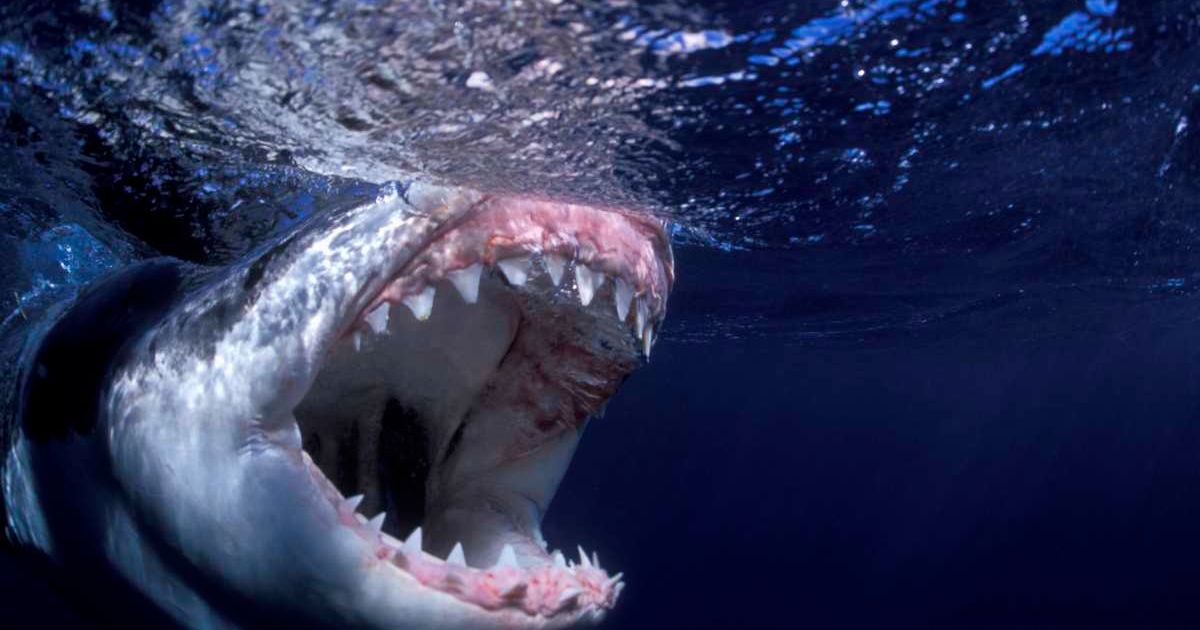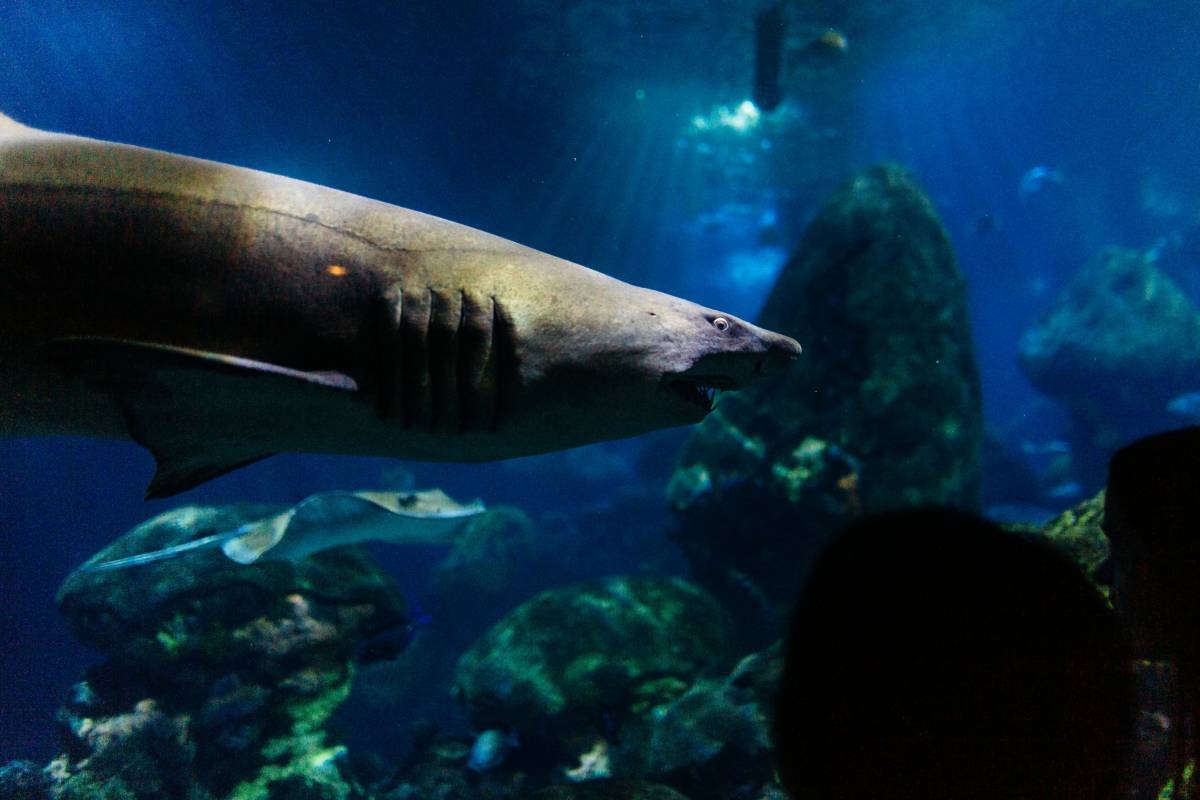350-Million-Year-Old Shark Fossil With Unique Tooth Arrangement Unearthed From Inside World's Longest Cave System

The collection of ancient sharks has received another new entrant from the popular Mammoth Cave National Park in Kentucky, United States. This new species has been named "Macadens olsoni," which supposedly existed 340 to 335 million years ago, according to IFL Science. Further examinations showcase that the species was smaller compared to its counterparts. The species reflects the area's past legacy when it was teeming with a variety of aquatic life, which, along with sharks, included beings like worms and mollusks. Now, the scene looks quite different. However, it is not the first time shark fossils have been unearthed from the region. Such remains aid experts immensely in piecing together the elusive history of the world's longest cave system.

Discovery of Macadens Olsoni
The Macadens olsoni fossils were detected in the Ste. Genevieve Formation. It was the dating of this limestone that allowed researchers to determine the possible age of the discovered ancient shark species. Researchers chose the specific name to honor retired park scientist Rickard Olson, who allegedly played a major role in documenting the rich storehouse of shark fossils at the Mammoth Cave National Park, as well as the site. Further analysis indicated that the shark measured close to 12 inches in length when it was alive.
The fossils further indicated that the creature had a row of teeth distinct from those found in their counterparts, according to ABC News. Researchers believe that the unique design of their teeth helped sharks in crushing small sea creatures, like worms, in their habitat, as a food source. The remains were detected by experts from multiple institutions, such as Mammoth Cave National Park, Smithsonian Paleobiology Department, and National Park Service Paleontology Program.
Habitat of the Ancient Shark
According to experts, Macadens olsoni lived in the cave system when it was submerged under a warm and shallow sea, millions of years ago. At that time, the cave provided shelter to several life forms, including crinoids and corals. Superintendent Barclay Trimble believes discoveries like the Macadens olsoni are crucial puzzles to complete the missing chapters of ancient marine life in the region. These findings have the possibility of providing experts with several meaningful insights, and hence, Timble thinks that resources must be provided to preserve and study natural history.

Other Discoveries in the Cave System
Along with Macadens olsoni, researchers also examined remains of another ancient shark named "Rotuladens," which translates to "Wheel Tooth," according to WHAS11. Previously, the specimen was called "Helodus coxanus" by experts. Many similarities between Macadens olsoni and Rotuladens indicated that there was considerable diversity in the ancient marine life of the region. "This finding not only enhances our knowledge of ancient marine ecosystems but also emphasizes the critical role of paleontological research in our national parks," Trimble said. "Every discovery connects the past with the present and offers invaluable educational opportunities for students and the public."
Some months ago, in March, experts found another new shark species in the region, which they labeled "Clavusodens mcginnisi," or "McGinnis' nail tooth." The species was deemed to be 340 million years old, which had a tiny size but a massive bite. Experts also discovered an ancient shark skull in the region, a rare find, as shark skeletons usually do not preserve well in nature.